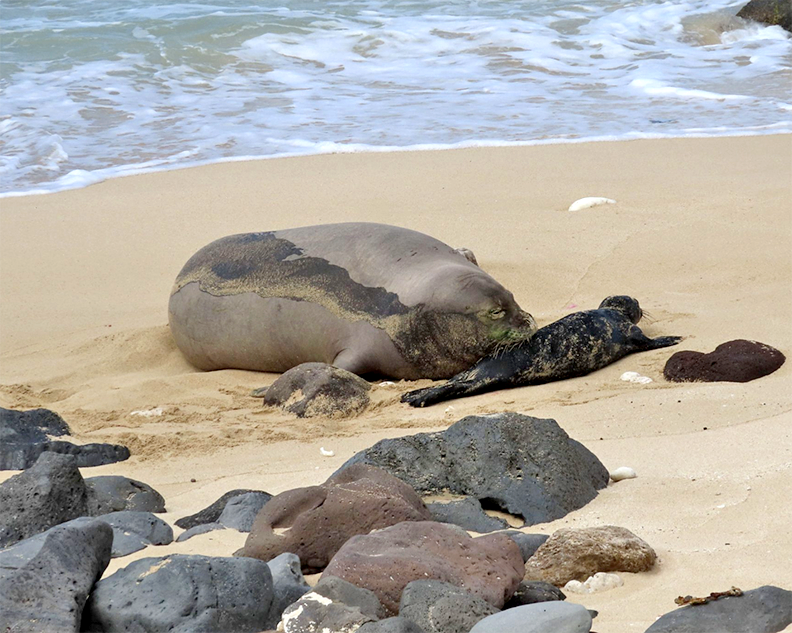By Léo Azambuja
 This is a crazy story of how a man spent his life working on gathering and writing down information on plants, and almost lost it all. But human resilience prevailed at the end — it just took 400 years for it to happen.
This is a crazy story of how a man spent his life working on gathering and writing down information on plants, and almost lost it all. But human resilience prevailed at the end — it just took 400 years for it to happen.
I always thought Stevie Wonder’s song “The Secret Life of Plants” gets it perfectly right:
“If you ask yourself where would you be, without them you will find you would not.”
Last month, I spent a full day at the National Tropical Botanical Garden headquarters. Being a bookworm, I was thrilled when Chipper Wichman showed me their library, with a collection so valuable no money in the world could buy.
I held a book printed in 1512 — and yes, I properly cleaned my hands prior to holding it. It was one of the first books to ever be printed, besides the Bible. Written in Medieval Italian, it contained information on herbs to be used as medicine.
A second book on herbs, printed in Latin 20 years later, was a lot larger and had better pictures.
But their most important book went through an incredible chain of events, taking a century to be published and another three centuries to be translated.
In the 1600s, a German man spent 30 years writing a 5,000-page book on the plants of Indonesia, which was known as the Spice Islands back in the day.
Indonesia was controlled by the Dutch, who recognized the importance of the work. The completed book was sent by ship to Holland, but somewhere along the trip, the French sunk the ship. And the only copy of the book went to the bottom of the sea.
The German went back to work, but soon went completely blind. So for the next 15 years, he dictated an entire new book to his son, who was half-Indonesian, and wrote the whole thing in a pidgin language.
Once it was finished, the Dutch decided not to publish it to prevent such valuable information to fall into the hands of the French. So the German died without his book ever being published.
In the 1700s, the East Indies Company finally allowed it to be printed, but with two columns, one in Latin and another in its original pidgin language. The Latin described the plants and the creole language added their useful properties.
Well, that pidgin language changed over the last 400 years, and no one was able to figure out what in the world was written there.
In the 1990s, NTBG did a global search and found one person with the literary skills to translate the book. He was a professor of Germanic languages at a Boston university.
There were six volumes, and Chipper said they thought the man could do one each year. However, halfway through the first volume, the translator was diagnosed with terminal cancer.
The old man refused to die, and worked on the translation for 10 years. Forget computers, everything he typed was on a manual typewriter. When it was all done, the boxes of translated material could fill the back of an SUV.
NTBG took everything to Yale University, so they would co-publish it.
The senior editor of science at Yale took almost nine months to finish the project. At the end, she said it was probably the most important botanical publication published in the last 100 years.
It has only been a few years, but Chipper told me the Mayo Clinic — the first and largest integrated nonprofit medical group practice in the world — has already new medicines as a result of this publication.
And to think it was almost all lost, not once or twice, but four times, is incredible.
Discover more from ForKauaiOnline
Subscribe to get the latest posts sent to your email.




Leave a Reply